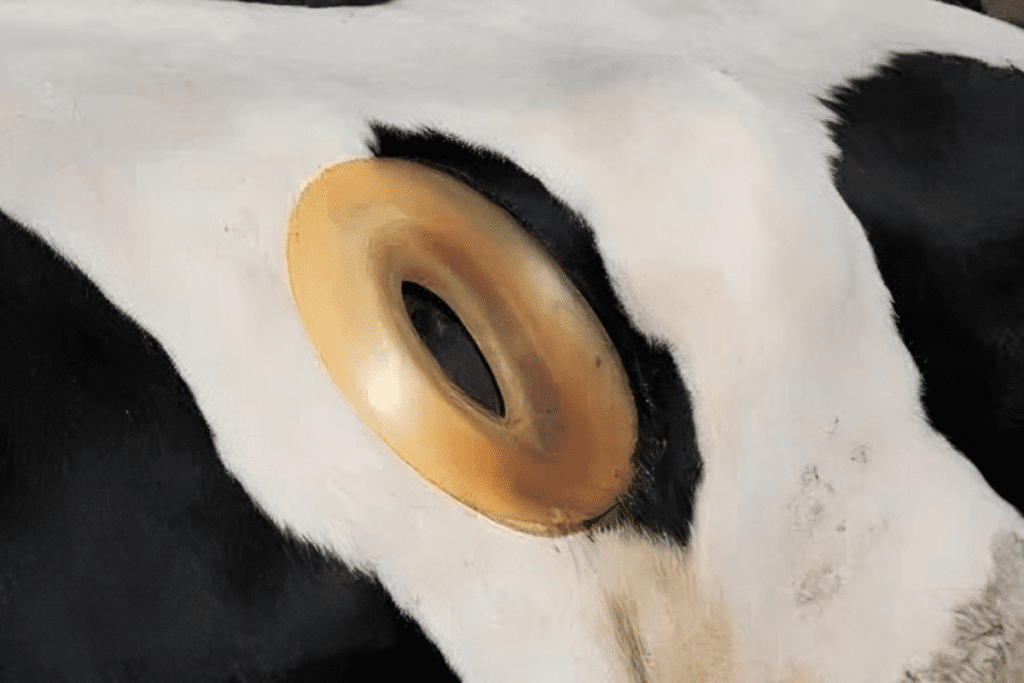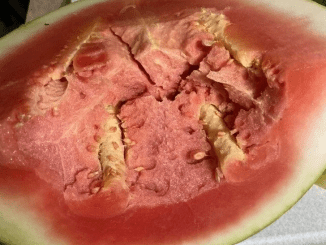When you hear the term “portholes,” images of small windows on ships or airplanes probably come to mind. But what if I told you that portholes are also used on cows? It might sound strange, but it’s a reality in the world of farming and animal science. These portholes, also known as fistulas or cannulas, provide direct access to a cow’s stomach and are used to study digestion in a way that has revolutionized agricultural research. So, what exactly are portholes in cows, why are they used, and what do people think about this practice? Let’s dive in.
What Are Portholes in Cows?

Portholes in cows, technically called cannulas or fistulas, are surgically created openings that allow researchers and farmers to access a cow’s stomach directly. The procedure typically involves creating a hole in the cow’s side, leading to the rumen, which is the largest of the cow’s four stomachs. A plastic or rubber ring is placed around the opening to keep it open and accessible for long periods.
This might sound alarming to those unfamiliar with the process, but it’s actually a well-established technique in veterinary and agricultural science. Cows that have undergone this procedure can live normal, healthy lives, and the porthole allows researchers to study digestion without repeatedly operating or sedating the animal.
The Origins of Cow Fistulation
Cow fistulation, the process of creating these portholes, began in the 1920s. Researchers needed a more efficient way to understand bovine digestion, which is particularly complex given that cows have four stomachs. The traditional methods of studying digestion were invasive and stressful for the animals, often involving repeated surgeries.
By inserting a porthole, scientists could collect samples of the partially digested food, gases, and microbes directly from the rumen. This innovation significantly reduced the need for repeated surgeries, making research on digestion far less stressful for cows. The portholes became a revolutionary tool in the study of ruminant digestion, which has helped improve both animal health and agricultural practices.
Why Are Portholes Used on Cows?
You may be wondering why anyone would need to access a cow’s stomach in the first place. The answer lies in the way cows digest food and the important role they play in the global food supply. Cows are ruminants, meaning they have a unique digestive system that allows them to break down tough plant materials like grass and convert it into nutrients. However, studying this process is essential for improving farming efficiency and ensuring the health of livestock.
The portholes provide scientists with a way to monitor and study the contents of the cow’s stomach, including how well different types of feed are digested. By analyzing the rumen contents, researchers can develop optimized diets that promote better growth, higher milk production, and even lower the environmental impact of livestock farming by reducing emissions such as methane and nitrates.
How Does the Process Work?
Once the cow is fitted with a porthole, researchers can open the cannula to access the rumen and collect samples. They can observe how quickly and efficiently the cow is breaking down food and monitor the population of microbes in the stomach that aid in digestion. The ability to directly examine the cow’s stomach contents also helps in testing new feeds and supplements that could benefit the entire livestock industry.

This process has allowed for significant advancements in understanding how cows process different feeds and has led to improvements in both animal health and farming practices. By studying how cows digest their food, scientists can create feeding programs that not only help cows grow faster and healthier but also reduce the environmental footprint of farming.
The Benefits of Using Portholes
The use of portholes has revolutionized the way farmers and scientists study bovine digestion, bringing several key benefits:
- Increased Efficiency in Research: Portholes allow for continuous and direct study of the cow’s digestion without the need for repeated surgeries. This reduces stress on the animal and makes the research process more humane and efficient.
- Optimizing Feed: With the ability to monitor digestion, researchers can experiment with different types of feed to see which ones are digested most efficiently. This helps in creating optimized diets that promote growth and productivity, ensuring that cows are healthy and productive.
- Reducing Environmental Impact: One of the major environmental concerns with livestock farming is methane emissions. By using portholes to study digestion, researchers have developed feeds that help reduce methane production, contributing to more sustainable farming practices.
- Improving Animal Health: The ability to access the rumen and analyze its contents also allows veterinarians and researchers to catch any health issues early on, improving the overall health and wellbeing of the animals.
Ethical Considerations and Public Perception

While cow fistulation is a common practice in agricultural research, it has also raised ethical concerns among the general public and animal rights groups. The idea of surgically creating a hole in an animal for research can be uncomfortable for many people to accept.
However, proponents of the practice argue that it is not only humane but also necessary for advancing scientific knowledge and improving the health and efficiency of livestock. Cows with portholes can live long, healthy lives, and the procedure is performed under strict veterinary guidelines to ensure the animals’ welfare. Additionally, the insights gained from fistulation have led to better diets and farming practices that benefit millions of cows worldwide.
That being said, it’s important to continue monitoring the ethical implications of this practice and ensuring that it is used responsibly and humanely.
The Future of Livestock Research
The use of portholes in cows represents just one aspect of how modern science is helping to improve agricultural practices. As technology continues to advance, researchers are developing new methods to study and monitor livestock in ways that are less invasive and even more efficient. The future of farming may see a shift toward non-invasive techniques, such as advanced imaging or monitoring systems, but for now, cow fistulation remains a valuable tool in understanding digestion.

It’s also likely that as the general public becomes more aware of the science behind portholes, there will be continued debates about the ethics of using animals for research. Open discussions, transparency, and advancements in veterinary care will be key to ensuring the welfare of animals used in scientific research.
Conclusion: A Practice That Blows Your Mind
The use of portholes in cows may seem strange at first glance, but it’s a practice rooted in scientific innovation and necessity. By allowing direct access to the cow’s stomach, researchers have been able to make significant strides in improving livestock health, optimizing feed, and reducing the environmental impact of farming. While there are ethical considerations to keep in mind, it’s clear that the benefits of this practice have had a lasting impact on modern agriculture.
Next time you hear about portholes in cows, you’ll know that it’s more than just a strange-sounding idea—it’s a technique that has shaped the future of farming in ways that benefit both the animals and the planet.


